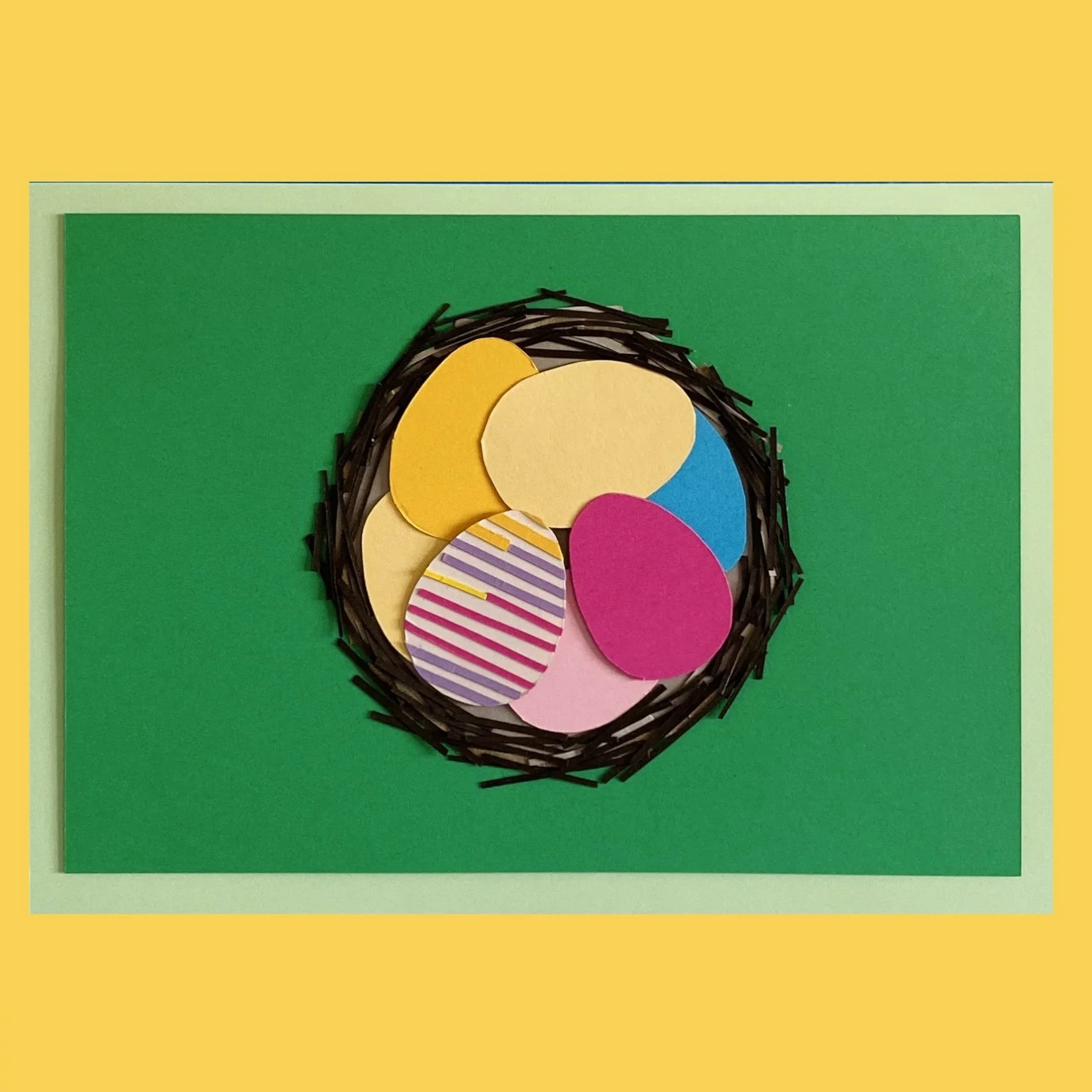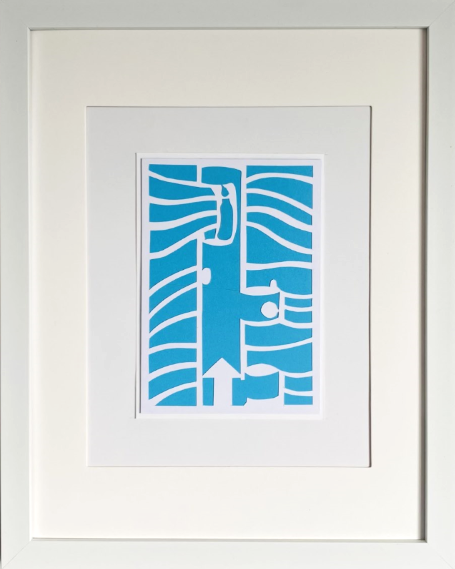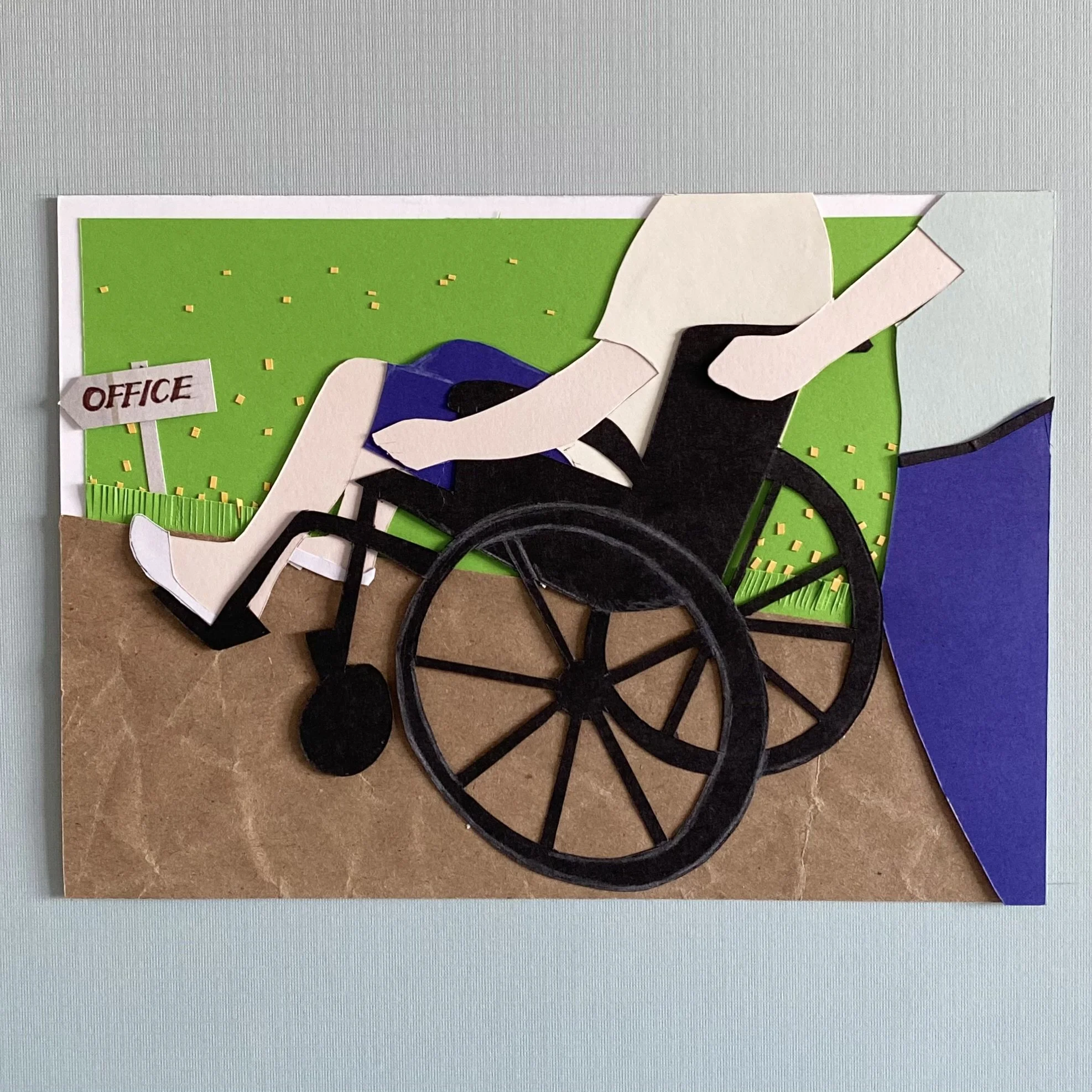The last Saturday in April is the Pool Opening Day in our neighborhood. It is the day marked that summer is around the corner, and we can enjoy the social and physical benefits of many summer activities, including swimming.
Swimming is an activity associated with water. It relies on a neutral buoyancy of the human body to create a movement in the water. The technique was initially taught for athletic training in palaestras during the ancient Greek and Roman time. It is considered aerobic exercise. According to CDC, just two and a half hours per week of aerobic physical activities can decrease chronic illnesses and improve health in general.
Swimming is an excellent exercise to work out the entire body and cardiovascular system. It burns calories and helps build muscle memories. It is also a suitable exercise for any age and many ability groups.
For people with arthritis, fibromyalgia, or muscular dystrophy, “this exercise improves the quality of life and decreases disability.” That is because of the water buoyancy feature, which makes a low impact on joints and with little risk to the injured parts.
This aquatic activity is also beneficial for people who suffer from mental health. According to the studies, swimming can improve mental status by stimulating endorphins, as well as dopamine and serotonin, which help reduce symptoms of anxiety or depression.
Moreover, it is a recreational activity for making a parent-child bond. Survey shows parents see swimming interaction as a way to enhance family relationship and provide opportunities for skill and self-development within an accepting and supportive environment. Under the guidance of a certified swim instructor, children as old as six months old can learn breath control and submerge underwater for the first time. Most children are ready for swimming lessons by the age four. At that stage, they can learn basic water survival skills such as floating and treading water. These swimming lessons also benefit children in many ways, including improved social, cognitive, and physical development.
From a land usage perspective, a swimming pool only requires a minimum footprint to accomplish our physical needs compared to bike lanes or baseball fields. While reading about the incredible health benefit of swimming, it reminded us of a WELL feature.
“When considering physical activity education and programming, it is vital to consider the needs of the population that a project serves. Events and education should be relevant to the community (i.e., ability and age-appropriate).”— WELL V06, Physical Activity Opportunities
On this momentous day, we design this card for swimming pool instructors. Thanks to them for their knowledge and coaching so people can all benefit from the activities and lessons around by the pool.




















